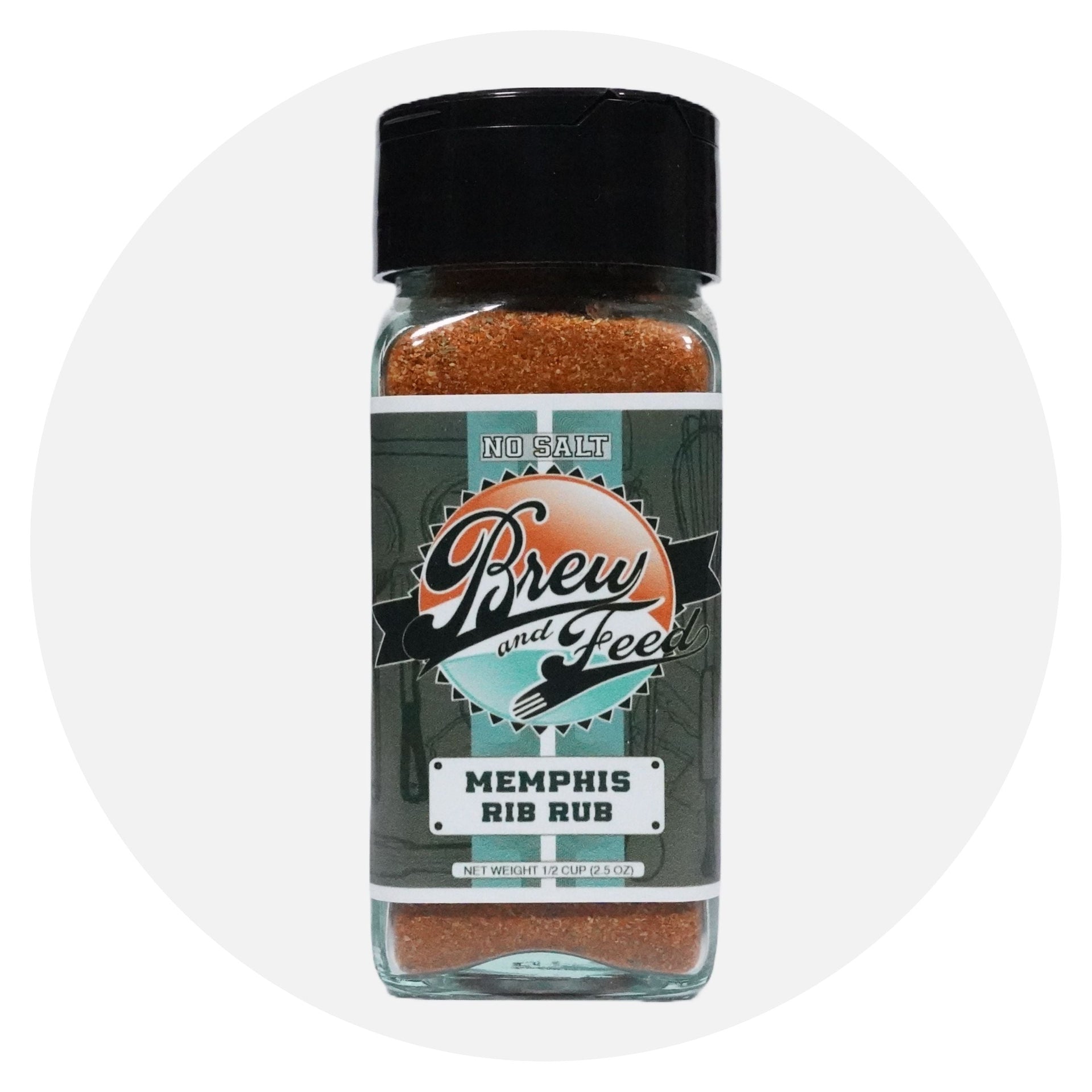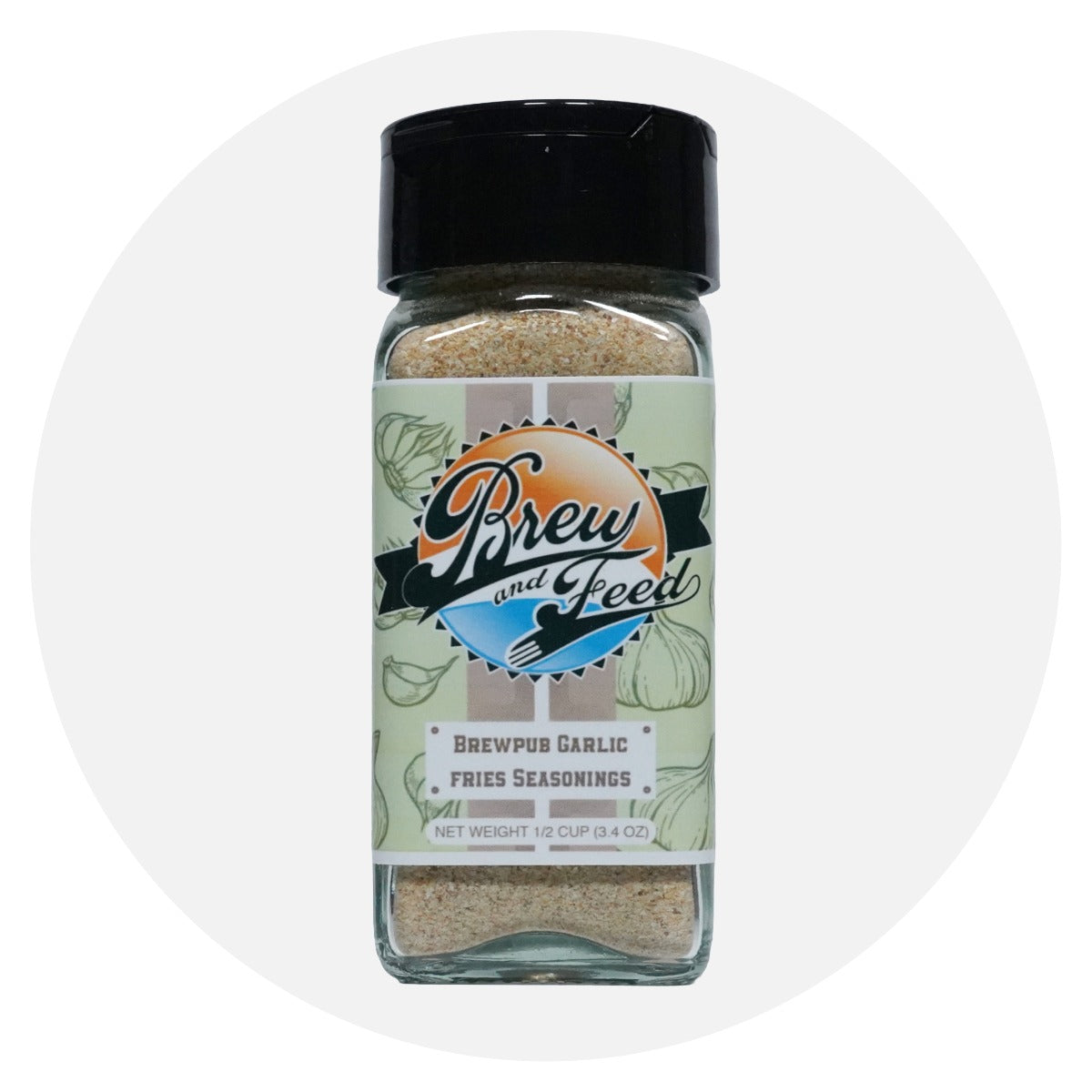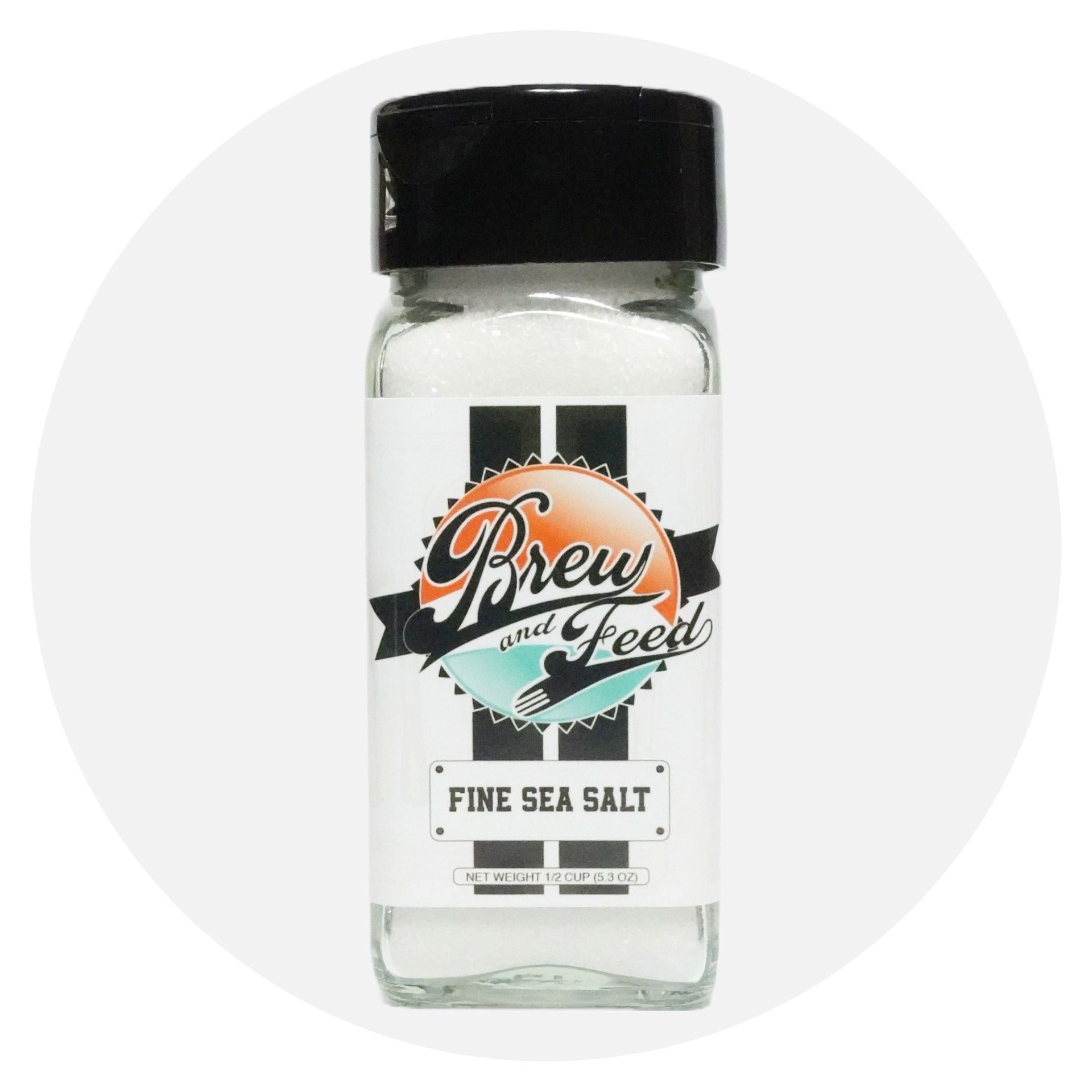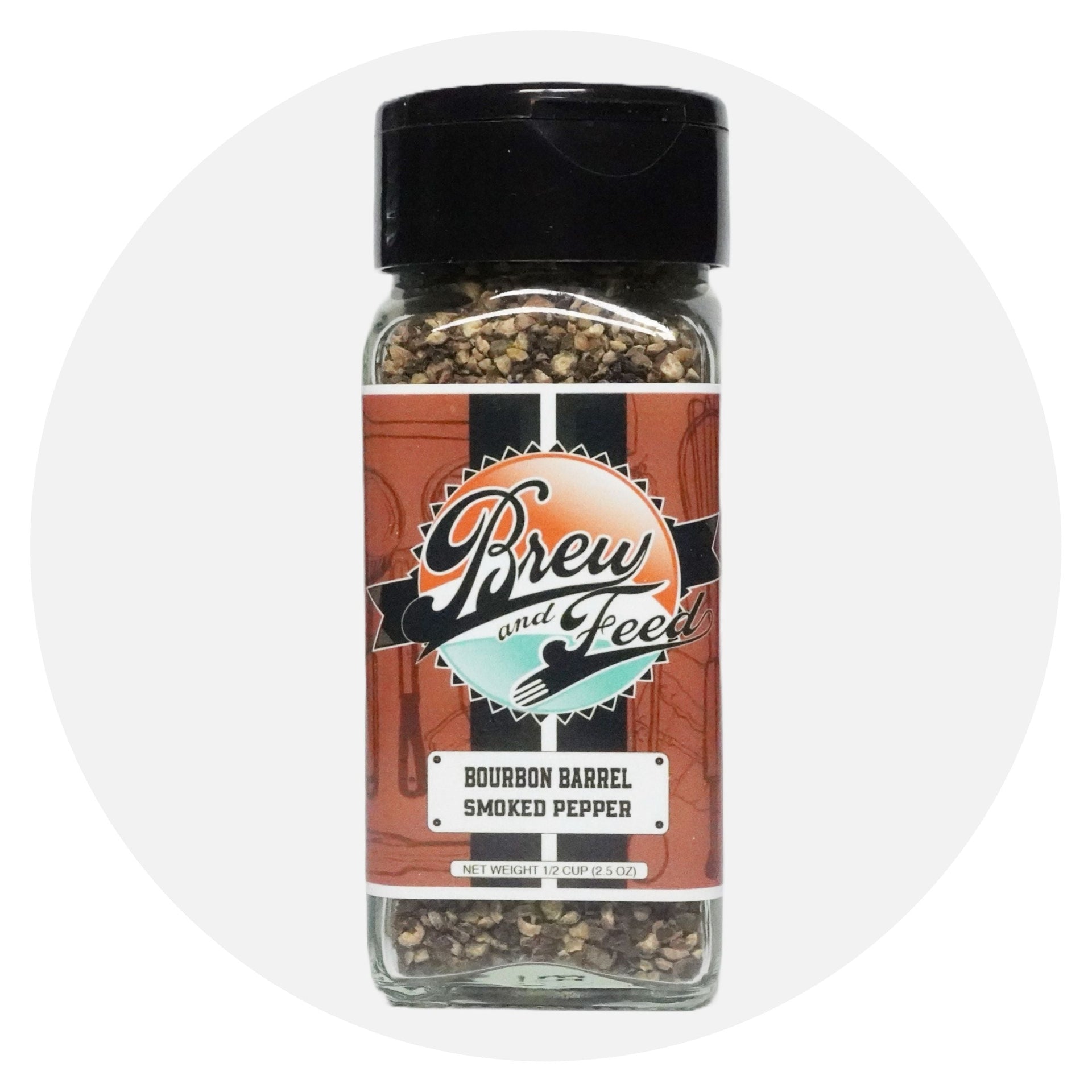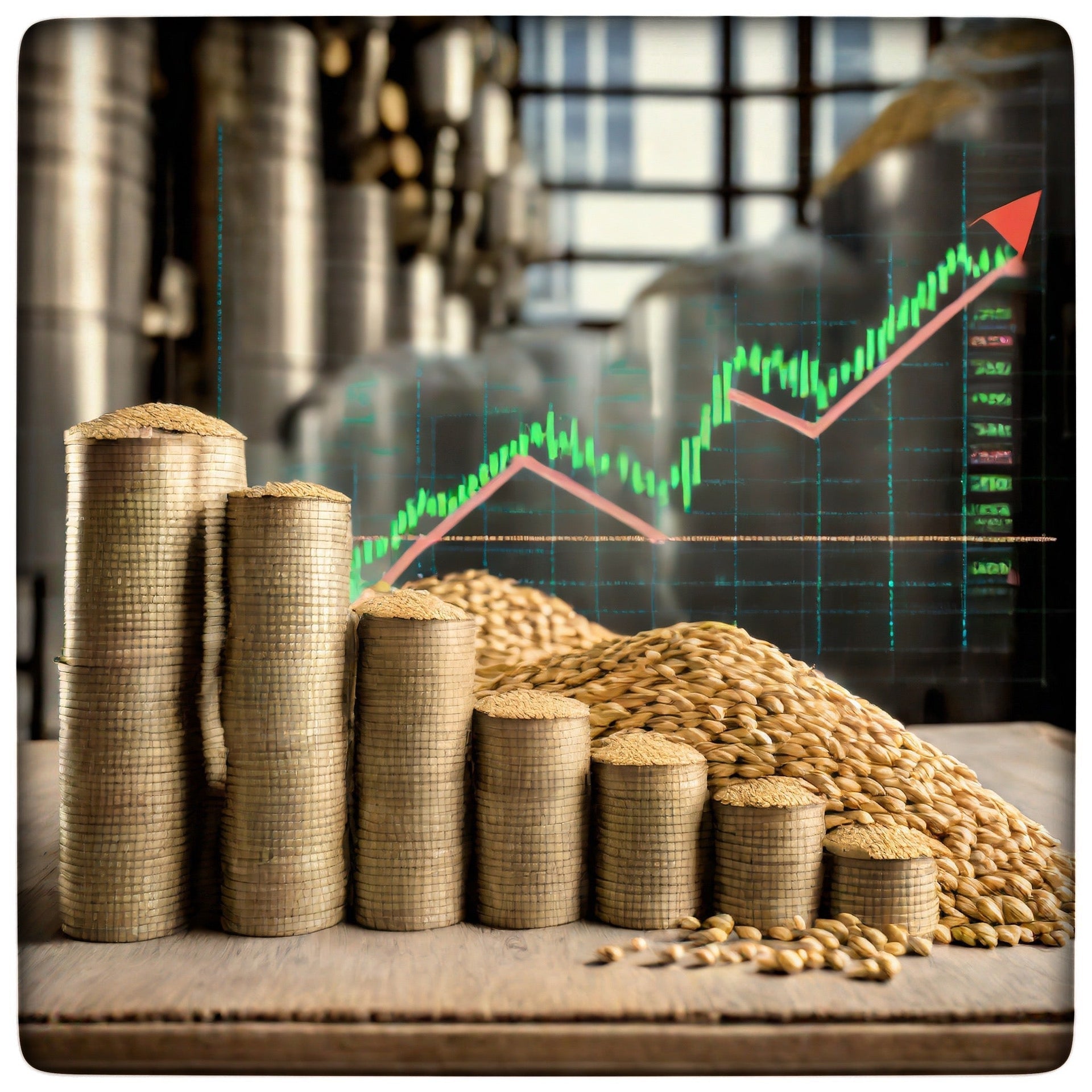
You Should Cry Over Spilled Beer: A Guide to Calculating and Minimizing Beer Losses
Brewing exceptional beer is an art and a science. It is an intricate mix of creativity, ingredients, timing, and precision. Brewing beer on a commercial scale is also a manufacturing operation and to make it viable as a business brewers need to pay attention to detail to avoid waste and to maximize profits.
An important aspect that brewers should master is calculating and avoiding beer losses in the brewhouse. Reducing waste not only contributes to cost efficiency but also ensures consistency in the final product. In this blog post, we'll take you through the key steps to calculate and minimize beer losses throughout the brewing process.
Understanding Beer Losses:
Before going too deep into the methods of calculation, it's crucial to understand where losses typically occur in the brewhouse:
1. Milling and Mashing:
- Grains absorb water during mashing, leading to a loss of liquid volume.
- Adjusting the milling process and optimizing water-to-grain ratios can minimize losses.
2. Lautering:
- Separating the wort from spent grains can result in volume losses.
- Fine-tuning lautering techniques and equipment, sparging efficiency, and monitoring runoff rates can help minimize these losses.
3. Boil Evaporation:
- Boiling wort causes water evaporation, concentrating sugars and flavors.
- Calculating and adjusting for boil-off rates ensures recipe consistency and prevents over-concentration.
4. Trub and Hop Losses:
- Sediment and hop material settle out during and after boiling, leading to losses.
- Implementing effective trub separation methods, such as whirlpooling, can help minimize these losses.
5. Cooling and Transfer:
- Transferring hot wort to the fermentation vessel can result in additional losses due to cooling.
- Efficient cooling methods and careful handling can mitigate losses during this stage.
Calculating and Minimizing Beer Losses:
1. Volume Measurements:
Use calibrated equipment such as sight glasses and measuring sticks to accurately measure volumes at each stage of the brewing process.
2. Density Measurements:
Regularly measure specific gravity to track the concentration of sugars, aiding in the calculation of extract losses.
3. Record Keeping:
Maintain detailed records of raw materials, equipment settings, and process parameters for each batch to identify patterns and areas for improvement.
4. Evaporation Monitoring:
Record pre-boil and post-boil volumes to calculate the boil-off rate, enabling adjustments for recipe consistency.
5. Trub and Hop Management:
- Employ effective trub separation methods during the brewing process to minimize sediment losses.
- Utilize hop containment strategies, such as hop bags or filters, to prevent excess hop material from contributing to losses.
6. Efficient Transfer Practices:
Optimize the transfer of wort from one vessel to another, minimizing spills and unnecessary losses.
Conclusion:
In the brewhouse, every drop counts, and mastering the calculation and avoidance of beer losses is key to achieving profits from beer. By understanding the nuances of each brewing stage and implementing precise measurement techniques, brewers can optimize their processes, reduce wastage, and consistently produce high-quality beer. Continual monitoring, record-keeping, and adjustments based on calculated data will set the foundation for a successful and sustainable brewing operation.

